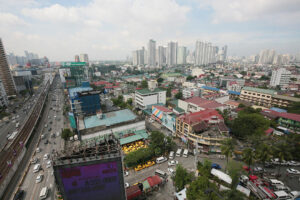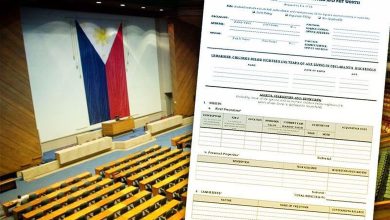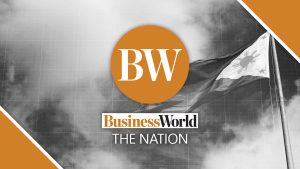PHL debt is still manageable — WB

THE PHILIPPINES’ outstanding debt remains manageable despite breaching the internationally accepted sustainable threshold, the World Bank (WB) said, but stressed the need for a solid fiscal consolidation plan and high economic growth.
“We think the debt is still manageable. Most of our debt is long term, domestic and peso-denominated,” Kevin C. Chua, World Bank senior economist in Manila, said during a briefing on Wednesday.
The Philippines’ debt-to-gross domestic product (GDP) ratio reached 63.5% as of the end of the first quarter of 2022. This was above the 60% threshold considered as manageable by multilateral lenders for developing economies, and much higher than the 39.6% seen as of end-2019.
As of end-April, the National Government’s outstanding debt stood at a record-high P12.76 trillion. The bulk or 70% of the debt was obtained domestically.
However, Mr. Chua said the debt will remain a drag to the country’s economic growth, which the World Bank sees at 5.7% GDP for 2022 and 5.6% on average in 2023-2024.
“We are recommending fiscal consolidation. The way to address the high debt ratio would be higher economic growth and the pursuit of fiscal consolidation,” he said.
The Department of Finance (DoF) last month unveiled a fiscal consolidation plan which aims to raise an average of P284 billion every year for the next 10 years to repay the P3.2-trillion additional debt incurred during the pandemic.
“Some of the recommendations would be improved revenue collection, digitalization, making it easier for businesses and individuals to pay. Also making spending more efficient to avoid leakages and wastage. Third will be to increase the value of money in procurements,” Mr. Chua said.
GROWTH FORECASTDespite the strong 8.3% growth in the first quarter, the World Bank retained its 5.7% GDP growth forecast for the Philippines this year due to the “very weak external environment,” Mr. Chua said.
The multilateral lender in April cut the GDP outlook from the 5.8% forecast given in December 2021.
“The trend in the recent quarters reflects our optimism the country can maintain robust growth this year. Continuing growth in 2022 will be driven and supported by greater mobility of people, wider resumption of face-to-face economic and social activities
and strong public investments,” World Bank Country Director Ndiamé Diop said during the same briefing.
“To sustain growth beyond 2022, we believe increasing private investments and further reducing infrastructure gaps will be essential.”
Mr. Chua said its forecast for the Philippines is still one of the fastest in the region for this year. However, the forecast is still below the government’s revised full-year growth target of 7-8%.
“Global growth has been downgraded to 2.9% from 4.1%. This weak external environment will impact the economy because our main trading partners’ — China, United States — growth are decelerating and this will affect our exports,” he said.
Other risks to the Philippines economic outlook include geopolitical uncertainty, tightening global financing conditions, as well as threat of a new variant-driven surge in coronavirus disease 2019 cases.
“Another reason why we gave a 5.7% growth forecast for the Philippines is that rising inflation may also impact consumption in the country,” Mr. Chua said.
Inflation accelerated by 5.4% year on year in May, the highest in three and a half years, as food and fuel prices continued to rise.
Mr. Chua said the Philippines has to keep a close eye on inflation, especially since the Russia-Ukraine war continues to impact global food and commodity prices.
Higher prices have a direct impact on poverty, with World Bank estimates showing a 10% increase in the global price of cereals will raise the poverty headcount by one percentage point. This means an additional 1.1 million Filipinos will be plunged into poverty.
A 10% rise in energy prices is projected to increase the poverty headcount by 0.3 percentage point, pushing 329,000 more Filipinos into poverty, it said.
“Authorities have to use all available policy tools to address inflation, including monetary measures to prevent the de-anchoring of inflation expectations, and supply-side measures such as importation and lower tariffs and non-tariff barriers for important commodities to help augment domestic supplies as needed, and greater support to agriculture production through extension services, seeds, and fertilizer,” Mr. Chua said.
Also, Mr. Chua said there is no risk of “stagflation,” or high inflation and slow growth for the Philippines.
“As you can see the 5.7% growth for the country is really high, really good… I don’t see stagflation in the country,” he added. — K.B.Ta-asan




